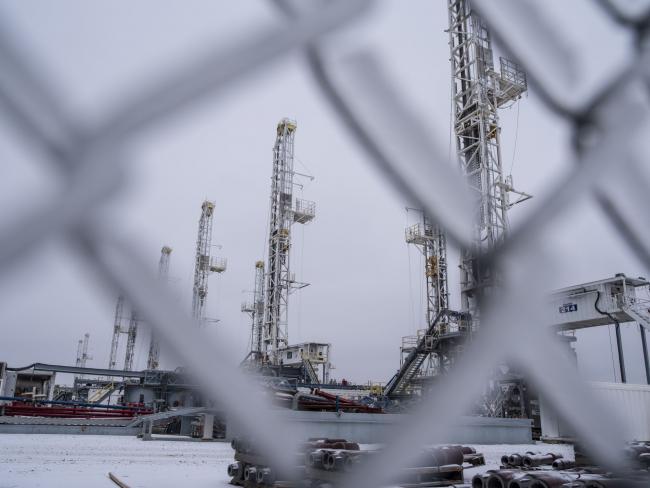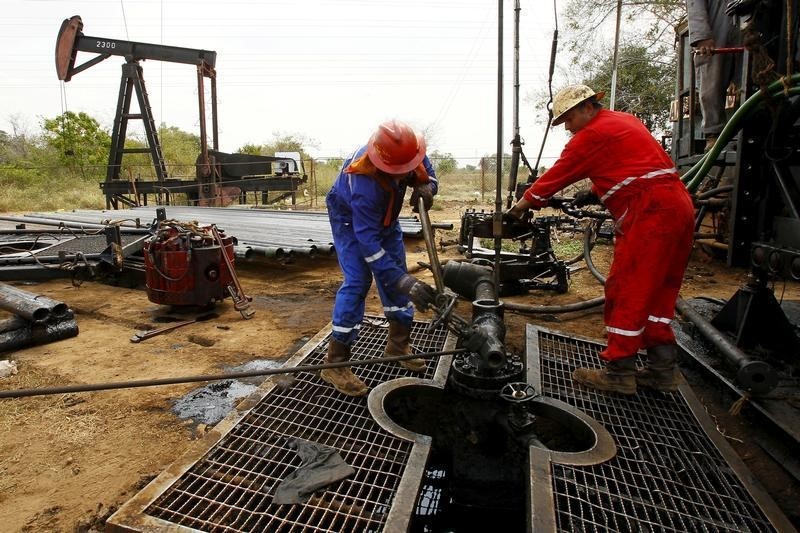(Bloomberg) -- Oil held above $60 a barrel in New York while gasoline futures surged as a deepening energy crisis in the U.S. crippled the petroleum industry.
U.S. benchmark crude rose from Friday’s close as the market assessed the impact the country’s cold blast will ultimately have on the supply and demand balance. While the extreme temperatures have curtailed more than 2 million barrels a day of U.S. oil production, demand from refineries is also being crimped, with over 3 million barrels a day of processing capacity idled, according to Energy Aspects Ltd.
For live coverage on the U.S. power crisis click here.
The combination of frigid temperatures and refinery closures has spurred a rush for fuels and is leading to higher U.S. prices for all kinds of products from gasoline to propane. The refinery closures propelled an 8 cent jump in New York gasoline futures, which closed at their highest since August 2019.
But the loss of crude demand from disrupted refineries has also pushed West Texas Intermediate futures’ nearest timespread back into a bearish contango structure for the first time in about a month, indicating oversupply.
“There’s a lot of reduced demand, creating pressure on nearer-term contracts,” said Gary Cunningham, director at Stamford, Connecticut-based Tradition Energy. But ultimately, the impacts likely “won’t hit crude very hard at all.”
Barring any lasting damages to refineries and other key oil infrastructure, the impact of the U.S. cold blast on crude prices is so far seen as being short-lived. Oil has rallied nearly 24% this year as OPEC+ works to clear a global oil surplus from the pandemic. Meanwhile, a key North Sea oil pricing window saw a surge of bullish activity as traders lined up to purchase cargoes, serving as the latest sign of a rush for barrels in some pockets of the crude market.
“There are some tailwinds behind oil prices at the moment,” said Fiona Boal, Head of Commodities and Real Assets at S&P Dow Jones Indices LLC. “We will continue to see these spurts of either very cold or very hot weather that can have drastic and immediate impact on supply, but they don’t tend to be very long-lasting.”
The spate of refinery outages is raising the specter of the national retail average for gasoline reaching $3 a gallon for the first time since 2014. At the same time, the profitability of processing a barrel of crude has also risen, with the combined refining margin for gasoline and diesel surging more than 17% from Friday’s close.
In Russia, freezing temperatures are also contributing to production curtailments. The expected increase in Russia’s February oil output has so far not materialized, as some fields curb pipeline flows due to the abnormally cold weather.
©2021 Bloomberg L.P.

